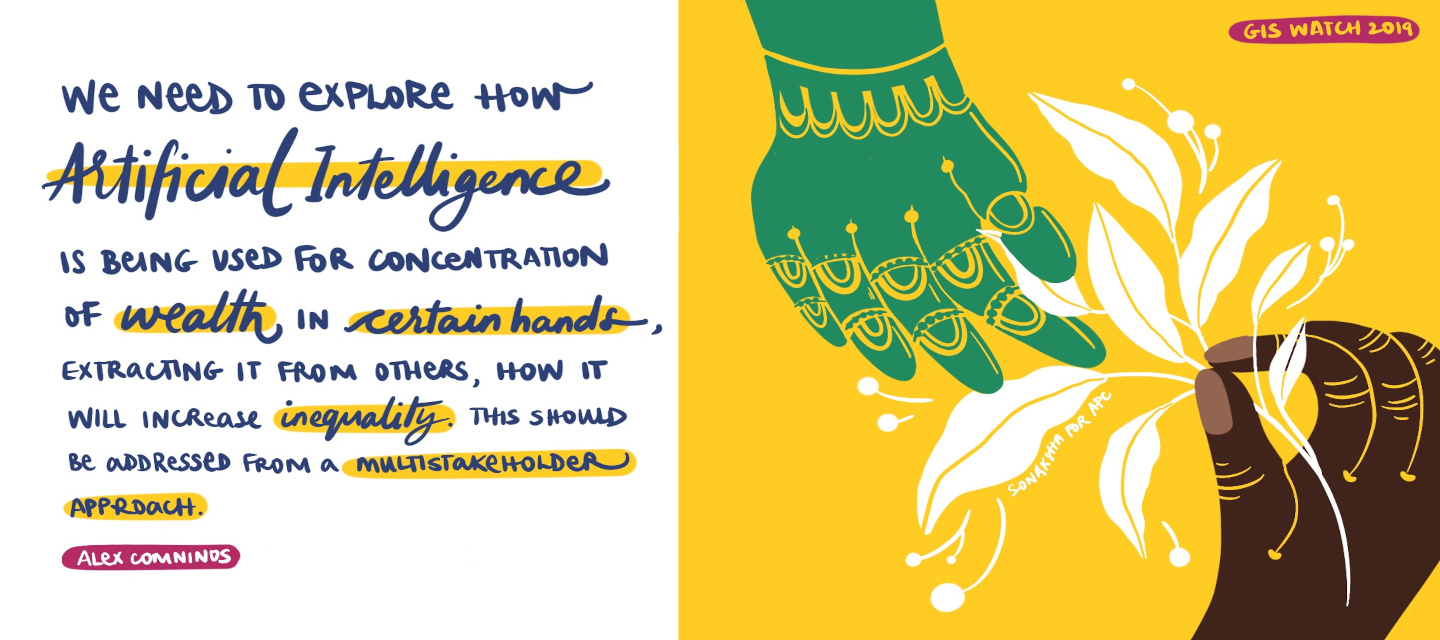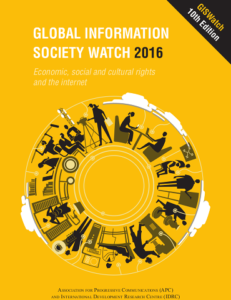
GISWatch 2016 - The use of the internet to advance sexual and reproductive health in Uganda

The internet as a tool for advocacy
The internet is increasingly used to monitor and advocate for the right to health. The Initiative for Social and Economic Rights (ISER) recruited volunteers from the community and trained them on the legal and policy framework on the right to health.
The organisation also provided them with smartphones and trained them on the effective use of social media. They serve as Community Health Advocates (CHAs), monitoring the realisation of the right to health in their communities.
Although based in different districts, using social media platforms, CHAs discuss the challenges their communities are facing in realising the right to health, and share results from their monitoring with each other, ISER and their communities. Their use of social media raises awareness about the gaps in healthcare systems, and provides ISER with real-time updates from the communities. ISER follows up on these issues during its engagement with the local government and Ministry of Health. ISER is planning to work with the CHAs to submit complaints to quasi judicial bodies like the Uganda Human Rights Commission and to identify cases for strategic litigation.
The use of social media by these CHAs is salient because although participation is a right enshrined in the constitution, Ugandans, especially those in rural communities, rarely challenge the status quo to demand government accountability. Barazas – initiatives by the Office of the Prime Minister designed to stimulate accountability by enabling communities to voice their complaints – often occur infrequently. Since they are general for every rights violation, they are insufficient platforms to enable the community to voice their concerns about the quality of healthcare.
Social media and advocacy on the internet are also used to build momentum for strategic litigation. When filing a case on maternal mortality, the Center for Health, Human Rights and Development extensively used the internet and social media to draw attention to violations in health facilities. Although there is still no victory in the legal sense, this campaign highlighted the deplorable conditions in health facilities that result in preventable maternal deaths and made the government pay increasing attention to maternal mortality. There has been a 40% reduction in maternal mortality between 2011 and 2014 in part due to improvements in health facilities. Similarly, when filing a petition challenging clauses of the HIV Act that violate human rights,civil society organisations used social media to mobilise a public protest to accompany the filing of the petition and started a discussion on HIV and the need to respect human rights while addressing public health concerns.
